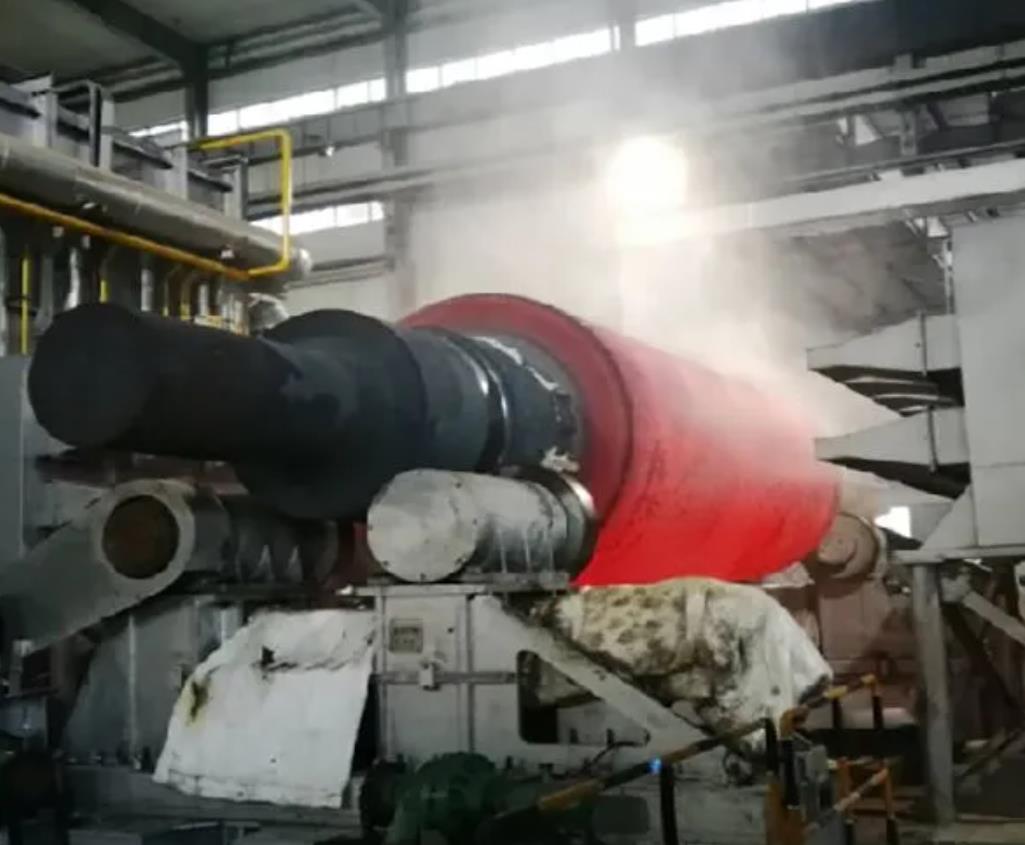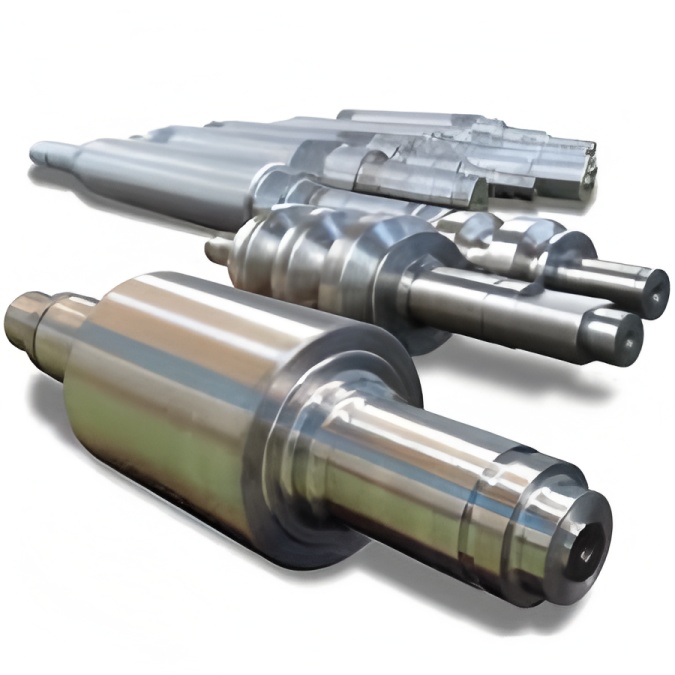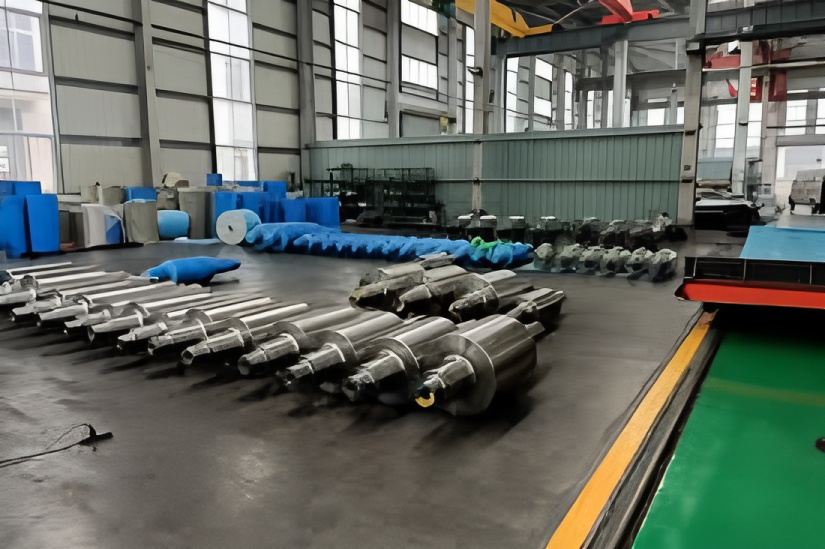Morphology and Causes of Scale Defects
The “third scale” defect originates from oxide film spalling on finishing mill work rolls. Front-stand rolls operate under severe conditions: high temperatures, heavy reductions, and thermal shocks. The oxide film undergoes cyclic stress until microcracks initiate and propagate. Eventually, roll-strip shear forces dislodge these oxide fragments, which transfer to strip surfaces and become embedded during subsequent rolling.
Thus, strip surface quality directly correlates with oxide film integrity. The relationship between roll surface roughness and strip quality is illustrated below:
[working rolls control measures1 – Relationship between surface quality of working rolls and surface defect of hot rolling strip]
[working rolls control measures2 – Relationship between surface quality of working rolls and surface defect of hot rolling strip]
During 2.0mm S235 grade production, persistent pitted scale defects were observed post-pickling. Surface monitoring revealed the defect evolution through a rolling cycle:
[working rolls control measures3 – Relationship between surface quality of working rolls and surface defect of hot rolling strip]
Initial stages show dense pitted distribution, gradually transitioning to banded patterns as rolling progresses.
Defect Analysis
3.1 Material Composition
F1 and F4 stands employ high-speed steel rolls (high-chromium cast iron). Chemical composition shown in Table 2:
[working rolls control measures4 – Relationship between surface quality of working rolls and surface defect of hot rolling strip]
S235 steel demonstrates particular susceptibility to scale defects. Specimen analysis (Table 3) confirms absence of Cr, Ni elements:
[working rolls control measures5 – Relationship between surface quality of working rolls and surface defect of hot rolling strip]
3.2 Sample Selection
From rolling unit combination 6838+6837+6815+6847+6844, 20 coils of 2.0×1255mm S235 in unit 6815 exhibited defects. Samples from coil 92948928 included both defective and defect-free areas.
3.3 Analysis Results
Electron probe microscopy reveals:
Defect-free surfaces contain only Fe and O
Defective areas show additional Cr, Si, Mn elements
[working rolls control measures6 – Relationship between surface quality of working rolls and surface defect of hot rolling strip]
Control Methods and Measures
4.1 Rolling Schedule Optimization
Oxide film evolution follows predictable patterns. Narrow-to-wide rolling sequences benefit both shape control and uniform oxide film development. The optimal rolling period occurs at approximately 45km (final stand). High-surface-quality products should be scheduled during this window, avoiding placement after high-strength steels.
Key scheduling considerations: gradual transitions in thickness, width, strength, finishing temperature, and controlled rolling distance.
4.2 Stable Rolling Rhythm
Initial roll temperature management is crucial for oxide film formation. Implement strict run-in procedures:
First 5 coils: 5-minute intervals with maximum front-stand cooling
Next 5 coils: 3-4 minute intervals with reduced cooling to promote oxide formation
After 11 coils: Restore maximum cooling to prevent over-thickening
Maintain steady pacing to stabilize the oxide layer.
4.3 Load Distribution
Unbalanced load distribution across F1-F6 stands accelerates oxide film fatigue. Redistribute excessive stand loads to adjacent stands or roughing mill. Monitor load patterns and adjust to minimize shear damage to oxide films.
4.4 Roll Management
Post-use rolls require adequate grinding. For rolls with burning, steel adhesion, or network cracks, increase grinding depth until complete defect removal. Insufficient grinding causes recurring quality issues and premature roll aging.
Immediate replacement required for rolls experiencing: water shortage, cobbles, overlap incidents, or foreign object compression.
Post-cobble procedures: immediately stop cooling water, separate roll from strip, and replace. Natural cooling prevents thermal crack propagation.
4.5 Cooling System Management
Work roll surfaces reach 500-700°C during operation, with body temperatures exceeding 60°C. Key control parameters:
Enhance cooling for F2-F3 stands (target body temperature: 60-65°C)
Strengthen mid-body cooling to minimize temperature gradients
Adjust rolling length and change periods based on oxide film condition
Maintenance protocols:
Inspect nozzles during roll changes
Ensure proper nozzle alignment and baffle performance
Verify roll temperature within 60-65°C within 30 minutes of removal



